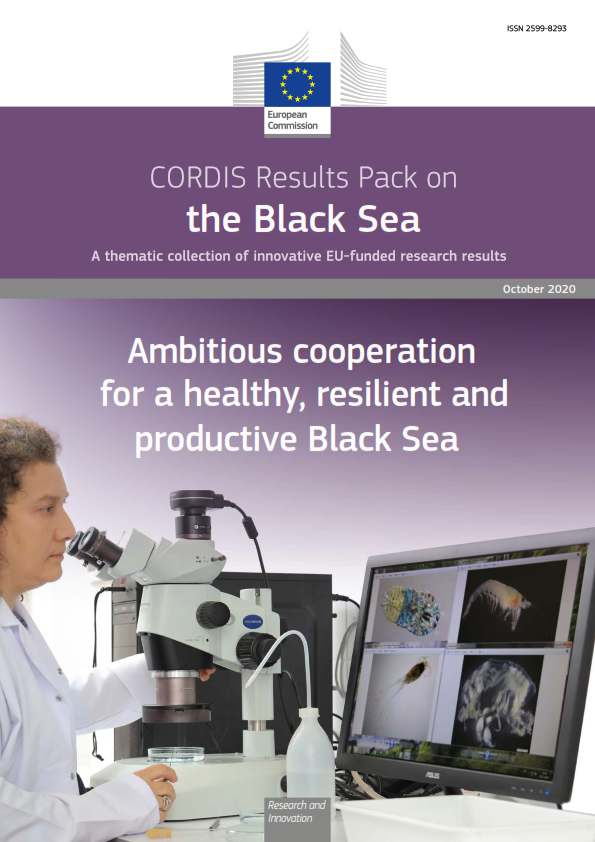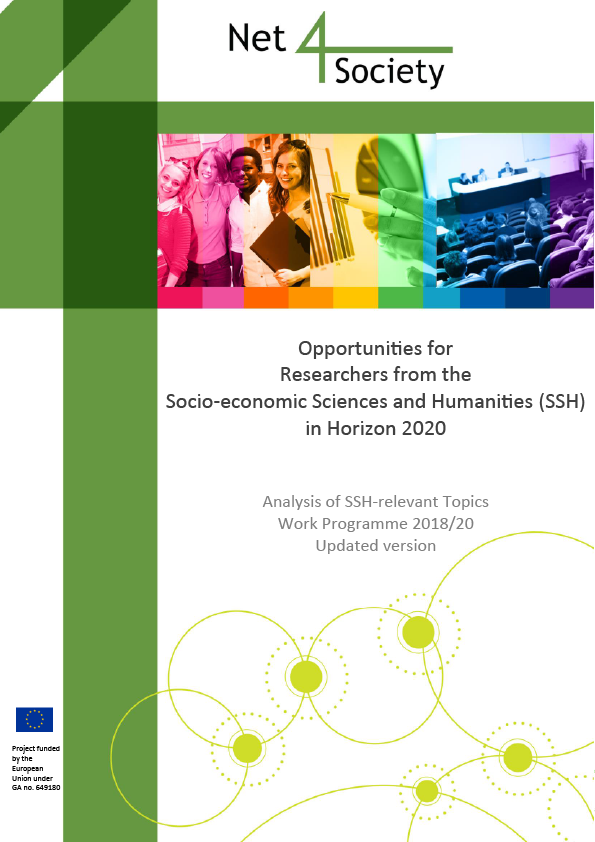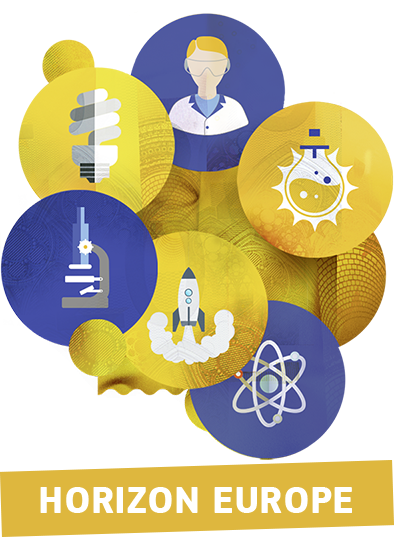Main pillar:
- Secure, Clean and Efficient Energy
Budget:
Currency:
Call deadline:
Statut:
- Open
Description:
ExpectedImpact:Proposals addressing the described technology should carefully justify the current state of the art and the potential evolution of the technology until 2025, to be commercially available and competitive ex-aequo with the conventional syngas production technologies.The project is finally expected to assess that co-electrolysis may offer a competitive advantage against state-of-the-art technologies for syngas production. The related business case should be part of the project results. The technical performances required to have a profitable business case together with low GHG emission shall be identified.The proposal is expected to have the following impacts:
- Achieve near 50% conversion efficiency from electricity to syngas
- prove the concept of co-electrolysis in representative conditions (system scale and power range) as well as identification of real life application areas including the CO2 sources
- increase the durability of the co-electrolyser to at least 1,000 hours, from the actual results of lab scale proof of concept systems
- decrease the production cost of synthetic gas or liquid fuels with respect to the actual processes. Proposals should present some data on methodology applied and targets proposed
- select the most suitable technologies involved in the co-electrolysis process (from CO2 to electricity and fuel production/distribution) and assess the most cost effective route for the production of synthetic fuels.
Scope:Solid Oxide Electrolysis Cells (SOEC) promise high efficient conversion of renewable electricity into hydrogen and, via hydrogen, into other products. The current state-of-the-art makes use of materials and designs developed for solid oxide fuel cells and improvements in efficiency can be achieved by optimising these materials and designs for SOEC.The topic therefore asks for:
- Novel cell structure and design, including novel electrolyte products and/or new developed electrodes
- Design and development of the co-electrolysis process (materials, reactor, operating conditions) towards direct fuel production
- Validate the co-electrolysis operation for different targeted outlet H2/CO compositions depending on the synthetic fuel to be produced
- Validate its operation with durations over 1,000 hours targeting and defining adapted designs and/or operating conditions to achieve degradation rates below 1% efficiency and 1,000h lifetime
Optionally projects can also:
- Develop concepts of co-electrolyser for coupling with downstream catalytic reactors for gas or liquid fuels synthesis
- Asses the techno-economic benefits of co-electrolysis for gas or liquid fuel synthesis in comparison to other water electrolysis technologies
- Perform a life cycle assessment on the CO2 to prove the recycling potential of this technology
Further there is a need for a techno-economic assessment of the technology. An important problem concerns the variability in prices of CO2 coming from different processes, as well as prices of electricity from different sources, such as nuclear, geothermal, hydroelectricity and wind. Other economic factors should be considered taking into account the whole supply chain, i.e. costs of distribution, transportations, taxations and subsidies.The proposal has therefore to clearly indicate the system engineering of the complete process in which the co-electrolyser will be considered as well as the strategy of operation, including:
- Process for CO2 recovery and reutilization in the co-electrolysis
- Integration with the methanation process
- Upgrade of the produced synthetic fuel to reach grid specifications
SpecificChallenge:The establishment of the hydrogen economy is constrained by different factors, such as handling and storage. On the other hand, hydrogen could be used in large amounts to synthetize gas and liquid hydrocarbons, whose system of storage and distribution are well established. Co-electrolysis of water and CO2 to produce H2 and CO is one of the most promising ways to convert electricity into a syngas. Water plus CO2 co-electrolysis constitutes the corner point of power-to-chemicals and power-to-fuel strategies, for green chemicals, CO2 recovery and electricity storage at large scale. Indicatively, Power to Gas, by means of the methane as energetic carrier, is a good example and the co-electrolysis process to produce hydrogen and CO as hydrocarbon precursors, is a very promising way on that.The main challenge here addressed is to store excess renewable electricity in the form of hydrogen and CO. By producing syngas, co-electrolysis would enable various storage options like methanation and storage in liquid organic carriers. Alternatively the CO in the syngas can be easily converted to hydrogen via water-gas-shift. Co-electrolysis could therefore become a more efficient way of producing hydrogen from electricity. This topic will contribute to hydrogen carriers, using CO2. The produced syngas, CO plus hydrogen, is again in the scope for multiple ways of conversion, including filtration and utilization of hydrogen for transport and combustion / conversion of CO for stationary applications.Specifically, Solid Oxide Electrolysis (SOE) co-electrolysis towards liquid fuels offers advantages over an electrolysis plus methanation process, in case where hydrocarbon (H/C) fuels are the desired final products. Moreover, co-electrolysis can be fed with recycled CO2 towards the progressive reduction of GHG emissions, where the produced H2 can be used for the synthesis of light-H/Cs as H2 carriers. The commercialization of co-electrolysis will provide a simpler and cost efficient way for the production of light-fuels compared to the mainstream technologies, whereas it is advantageous that the expected technology development can be based on the on the existing status of Solid Oxide Cells.To commercialize this technology improved component design and system optimisation are required to increase efficiency, as well as a clear understanding of the integration of the technology in the energy system.Source: http://ec.europa.eu/









